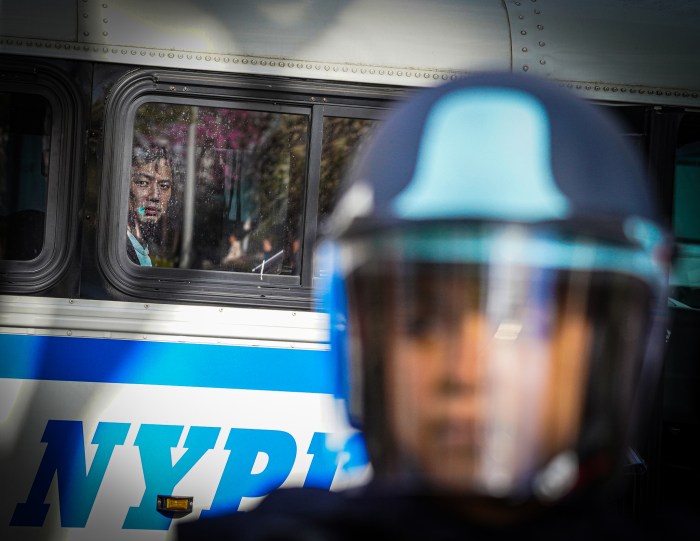By Joan Brown Wettingfeld
Several years ago, my husband and I visited Spain. While viewing the impressive citadel, the Alhambra in Granada, I was reminded of the legacy Washington Irving left New York City, his birthplace.
He was attached to the American embassy in Madrid in 1826. While there, he was active in bringing to the fore the dilapidated state of the once−mighty stronghold of the Moors, who had dominated the area until 1492. After the Moors were expelled from Spain, the buildings of the famed fortress, originally built from 1248−1354, fell into disrepair.
Irving is credited with being instrumental in preserving the history of what has become one of the world’s premier monuments. Restoration began in 1828. In 1832, the publication of Irving’s “Tales of the Alhambra” served to enhance the site’s popularity.
How was it Irving, the son of a wealthy British merchant sympathetic to the rebel cause during the American Revolution, came to leave our city a heritage of two enduring nicknames?
In 1809, Irving, trained as a lawyer, became more interested in a literary career and wrote a satire called “A History of New York from the Beginning of the World to the End of the Dutch Dynasty.” Using a pseudonym, he presented the work as that of a fictional historian, Diedrich Knickerbocker.
Though the writing was friendly in tone, it was really a burlesque of the style of clothes the early Dutch settlers in New York. Descriptions abounded of Dutchmen dressed in baggy britches, which came in time to be known as “knickers.”
The popularity of Irving’s work endured. By the late 1800s, the word “knickerbocker” became synonymous with any native or resident of New York, whether Dutch or not. The practice began of attaching “knickerbocker” to anything dealing with New York and survives to this day, as in the name of a New York City basketball team, though it was shortened to “Knicks.”
“The History of New York” is regarded today as the first great book of comic literature written in America. Irving went on through his numerous essays and books to become the first American recognized abroad as a man of letters.
New Yorkers also owe to Irving one of our most frequently applied nicknames: “Gotham.” In 1807 and 1808, he and his brother, William, published a humorous periodical known as “Salmagundi.” In one issue, the name “Gotham” was given to New York. “Gotham” had a long history as the proverbial place of fools and thus did Irving dub his beloved city as one described as populated by fools.
In 1970, another nickname had eclipsed Gotham in popularity. The term the “Big Apple,” however, has a more uncertain history than Irving’s legacy. The head of the New York Convention and Visitors Bureau adopted the phrase as part of its promotion to have the city known as the “Big Apple.” Though he did not coin the phrase, he was responsible for popularizing it.
In a 1967 article in the New York Times, John S. Wilson noted that New York had for decades been thought of as the “Big Apple” or the “Big Time” by jazz musicians. To them, “Big Apple” was synonymous with “big time,” a vaudeville term.
In the 1930s, musician Cab Calloway was reported to have stated that “Apple” means “the big town, the main stem, Harlem” as the place for musicians to strive for, as is stated in Robert S. Gold’s “Jazz Talk.”
There was also a new dance craze that enlivened my high school days called “The Big Apple,” which some may still remember. A 1938 sports article in Time magazine reported that jockeys also referred to New York racetracks as the “Big Apple.” These names still survive, but are used more sparingly today.
Curiously, I looked up the history of a suburb in New Jersey where I lived when I was 4. Formerly “Camptown,” it was renamed Irvington in honor of Washington Irving in 1852. I have fond memories of those days and thus have my own connection to this story as well.
Joan Brown Wettingfeld is a historian and freelance writer.





























